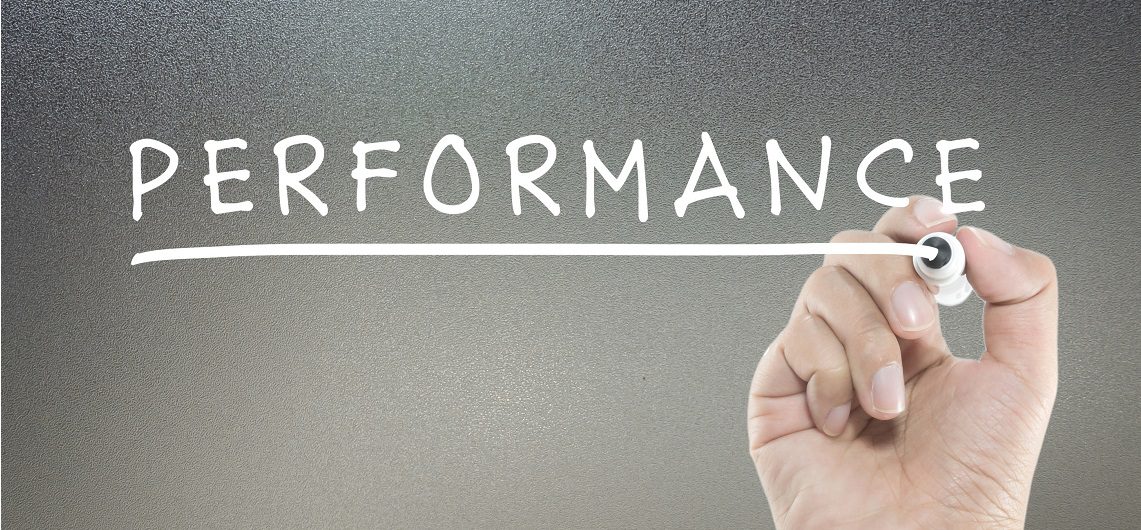by Wally Hauck
There are two things the typical appraisal and bloodletting have in common. First they both were developed and utilized with the very best of intentions and with the very best thinking of their time. Second, the evolution of professions has made both practices obsolete. But, why is one of them still being used?
One Hundred years ago, or so, the US economy adapted a set of strategies for leading people. The population at the time, lacked education, often did not speak or read English, and was often required to work in a manufacturing environment. The school system therefore had to be designed to help everyone to learn how to work in a factory environment. The leadership model and practices we adopted were based on Frederick Taylor Scientific Management. This was the best model at the time to address these issues. We applied this model with the best of intentions to structure the education process in our public schools and the manufacturing environment of our workplaces. We adopted a model with the knowledge and conditions we had at the time.
Conditions have changed. Workers are highly educated. They speak English. They don’t just work in factories. Issues that once dominated now don’t apply to today’s economy. The evolution to the knowledge economy (away from the industrial age) is in full swing. We have new knowledge and we have new needs. We need new tools to help us engage the passion of our students and the engagement of our workers. But our schools and workplaces still embrace the remnants of the Taylor industrial age strategies.
We still have an emphasis on grades in school to control student learning. We still rely on standardized tests to tell us if students are learning the same material at the same rate. Similarly, employee creativity and decision making was discouraged by the Taylor model and to a great extent that has not changed today. In the past it was assumed employees disliked work and so workers needed to be “motivated” or controlled to work hard. Similarly, a grade was needed for students to be motivated to do school work.
The typical appraisal uses a grade. We still see the need to use the typical performance appraisal in 80-90% of the work places in order to control worker performance. The typical performance appraisal process is dreaded by managers and employees alike. Furthermore, study after study confirms that the typical appraisal rarely if ever meets its intended purposes. It probably even makes things worse and it is difficult to measure its impact. It was adopted as a tool for the industrial age. This embrace of an obsolete tool reminds me of the evolution of the medical profession and the practice of bloodletting.
For more than 3,000 years bloodletting was a common practice to alleviate the common ills of mankind. The doctor would drain a portion of the blood the patient. The practice was used with the very best of intentions because it was based on a theory that disease was caused by evil spirits that inhabited the body. The bloodletting was intended to relieve the body of these unclean spirits and thus allow good health to emerge naturally. The medical profession has evolved to embrace different thinking based on different research. The treatment of ills has therefore evolved beyond bloodletting.
Bloodletting is no longer a widely embraced practice because the “spirits in the blood” theory has been replaced with a more useful and predictable understanding of the root causes of illness (bacteria and viruses). This shift in thinking has lead medical practitioners to change their methods. The typical appraisal is still widely used because the Frederick Taylor model is still widely embraced.
Just like bloodletting doesn’t work with patients, the typical appraisal doesn’t work for managers and employees to manage the big issues in today’s knowledge economy. We therefore continue to be disappointed.
Certified speaking professional and consultant Wally Hauck presents a leadership guide, The Art of Leading: 3 Principles for Predictable Performance Improvement, for managers wishing to improve employee performance. In this engaging, accessible book, Hauck challenges the standard paradigm of employee evaluation by performance review by suggesting the system in which the employee works, rather than the employee, must change. Many organizations currently employ management tools developed during the Industrial Revolution rather than shifting to an approach congruous with the modern workplace.
About the author
Order the book here: http://www.wallyhauck.com/page.asp?PageID=10041











































